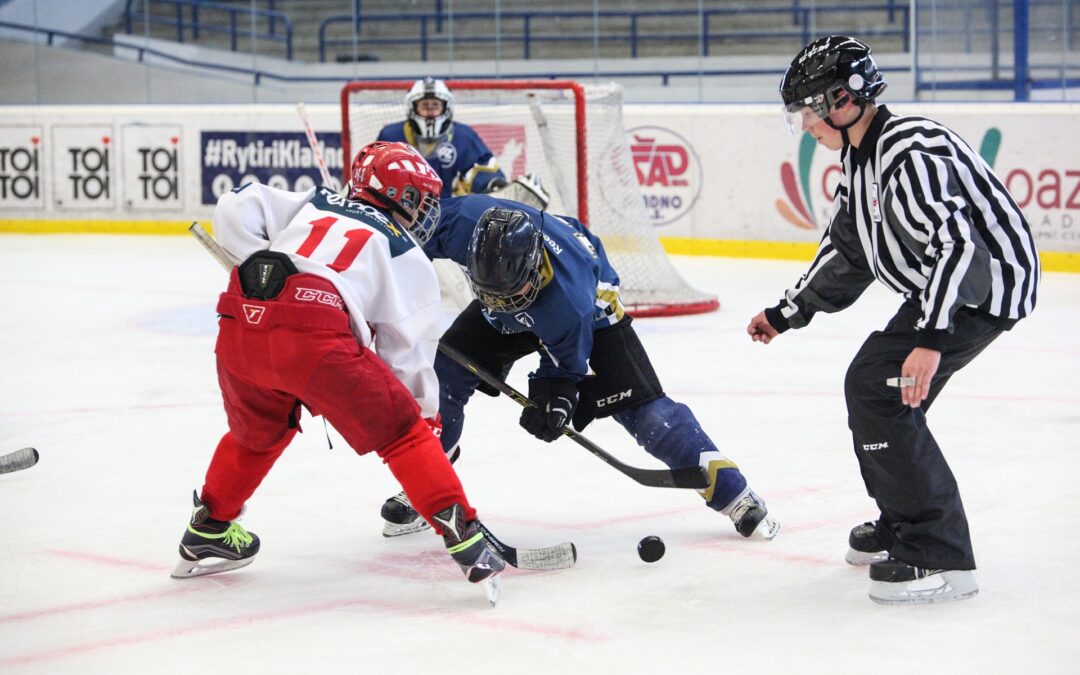Reality check 2: the cost-effectiveness of policy disallowing body checking in non-elite 13- to 14-year old ice hockey players.
Currie GR, Lee R, et al., Int J Environ Res Public Health. 2021, 18, 6322. http://doi.org/10.3390/ijerph18126322.
Full Text Freely Available
Take-Home Message
Youth ice hockey leagues that prohibit body checking had reduced healthcare costs associated with injuries than leagues that allowed body checking.
Background
Policy changes that prohibit body checking in non-elite youth ice hockey can reduce the number of injuries. However, it remains unclear if these rule changes can influence healthcare costs.
Study Goal
Currie and colleagues evaluated the healthcare costs between leagues with or without a policy prohibiting body checking in non-elite Bantam ice hockey leagues (13 to 14 year olds).
Methods
Researchers evaluated data from 49 teams allowing body checking and 33 teams prohibiting body checking. All the teams were in British Columbia or Alberta. The authors monitored injuries with a baseline questionnaire, weekly exposure sheet, and injury report form. The authors defined an injury as any injury that resulted in medical attention or a loss of time from hockey. An athletic therapist followed up on all injuries. The researchers then completed a cost-effectiveness analysis of the policy disallowing body checking using standardized costs. They considered costs related to visits for healthcare professionals (e.g., general practitioner, sports medicine, orthopaedic surgeon, physiotherapists, athletic therapists), testing (e.g., ultrasound, x-rays), and interventions (e.g., medications, splints, casts).
Results
Compared with players in leagues allowing body checking, players in leagues without body checking had 4.3 fewer injuries per 1000 player-hours (3.7 vs. 8.0 injuries per 1000 player-hours). Players in leagues without body checking also had $1577 (Canadian dollars) less total healthcare system costs for every 1000 player-hours.
Viewpoints
This study provides further evidence that eliminating body checking from non-elite Bantam ice hockey can reduce the number of injuries and drive down healthcare costs. While this data is helpful, it is limited in its generalizability. It would be interesting to know if these findings apply to other age groups and other countries.
Clinical Implications
Ultimately, the authors found that rules limiting body checking in non-elite youth ice hockey may reduce the number of injuries and healthcare costs. Stakeholders such as parents, coaches, and clinicians in sports medicine should advocate for rules limiting or eliminating body checking during youth ice hockey games.
Questions for Discussion
What experiences do you have with rules limiting the amount of full contact in sports? What barriers inhibit the expansion of these rules?
Written by: Kyle Harris
Reviewed by: Jeffrey Driban
Related Posts
Less Body Checking May Protect Adolescent Ice Hockey Players
Less Full Contact Practice Time May Protect High School Football Players
CTE Found In People With No History of Contact Sports
Public Perception of Youth Contact Sports
Inter-association Guidelines: Independent Medical Care for College Student-Athletes, Diagnosis and Management of Sport-Related Concussion, and Year-Round Football Practice Contact
Could Playing Contact Sports in High School and College Increase Risk of CTE?


